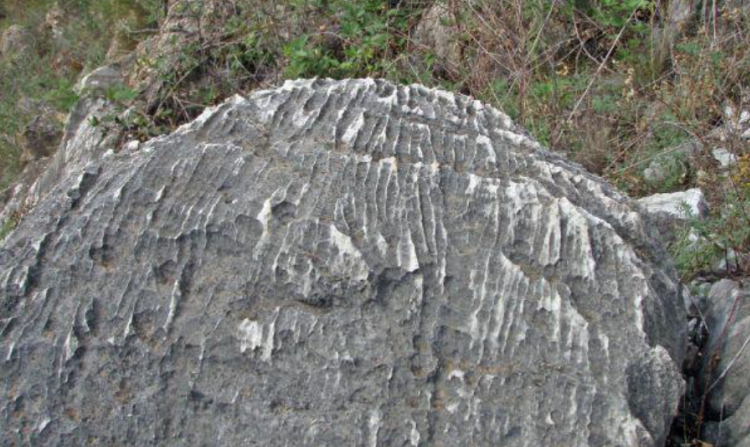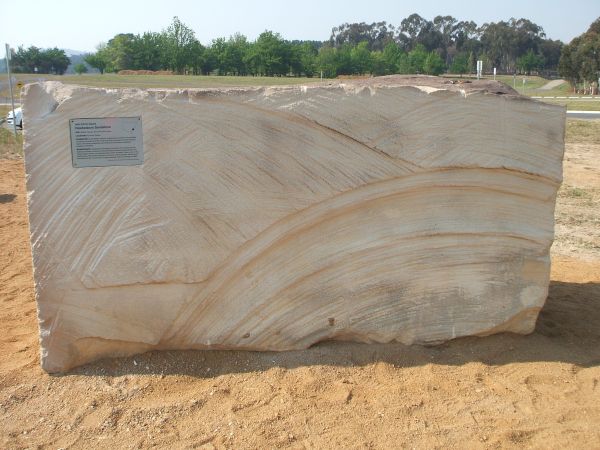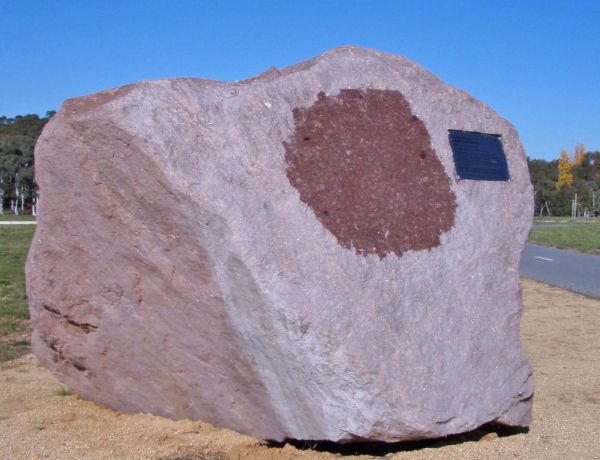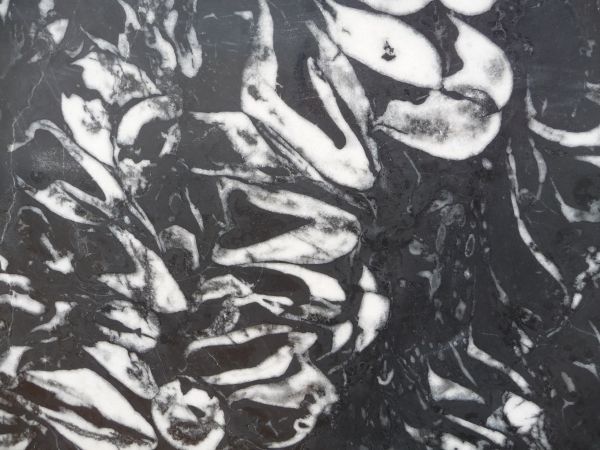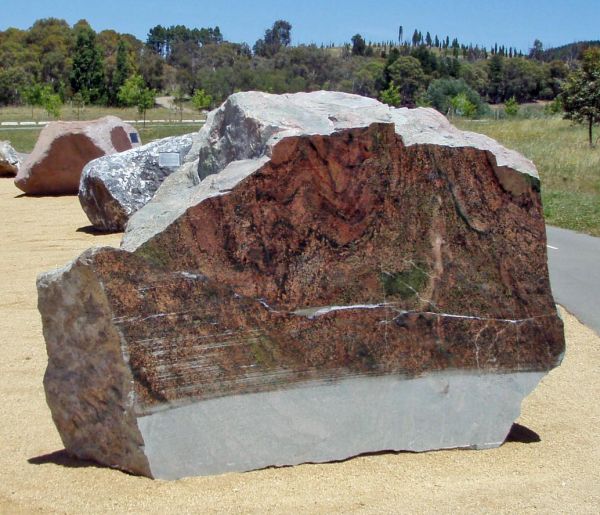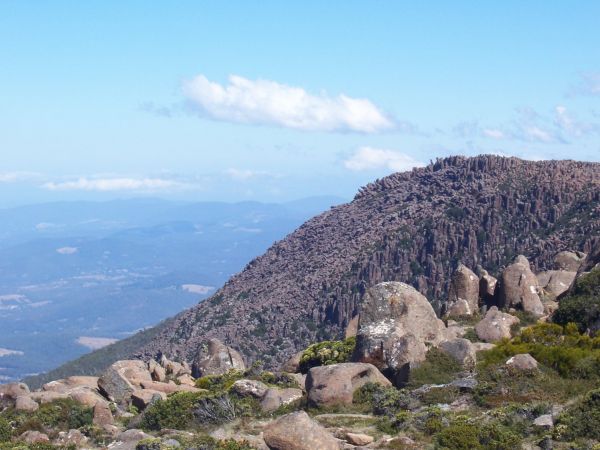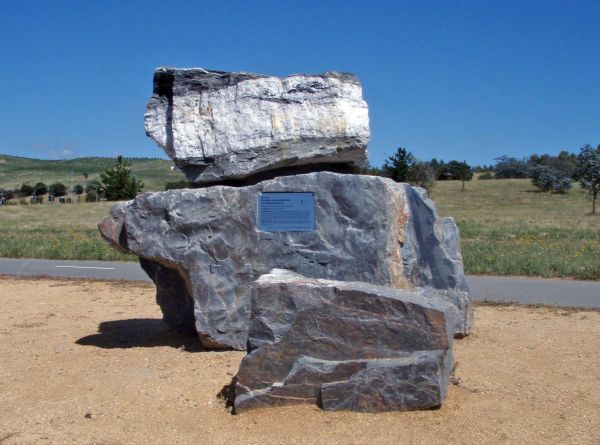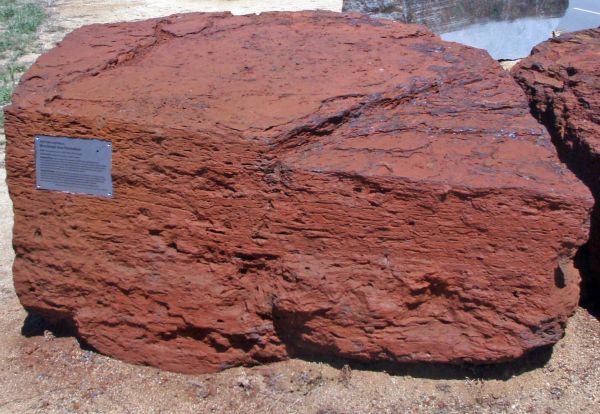
A bit of history.
Extract from the Adelaide Advertiser, 13 March, 1913:
“I desire to convey greetings from the people of Australia to your Majesty and announce that I have today laid the foundation stone of the Federal capital city, and that Lady Denman has named it “Canberra.”
This was the dispatch sent by Lord Denman, then Australia’s Governor General, to King George V in London immediately on the conclusion of the ceremony to do honor to the occasion of the naming of the Federal Capital and the commencement of its memorial column. Note the use of the words “memorial column”.
Earlier during the ceremony the Prime Minister, Andrew Fisher said ‘It is now my pleasure and privilege to invite his Excellency to lay the foundation stone of this column on behalf of the people of Australia.’
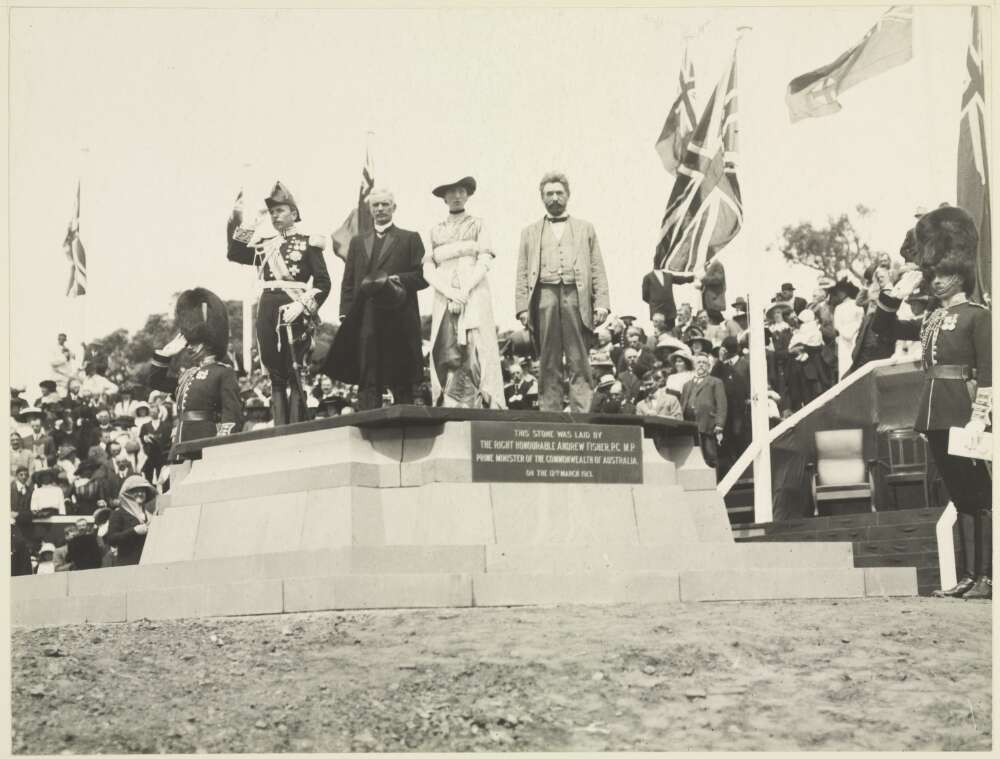
The base of the Commencement Column of the capital city was thus completed and it was anticipated that there would be a column built on top of the base at some future date.
Nineteen years later, an extract from the Canberra Times of 8 November 1932, reported ‘It had been intended that the column should be constructed of stones sent from every part of the Empire.’ The column with stones from around the “Empire” for the Canberra Foundation Stone was never built.
Hence the genesis of the idea for the ‘Federation Rocks’ for the National Rock Garden on the occasion of the 100th anniversary of the naming of Canberra.
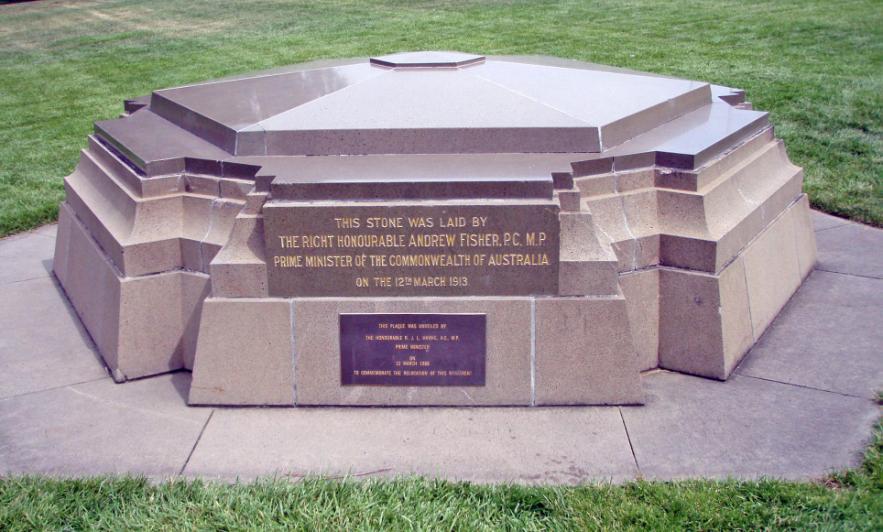
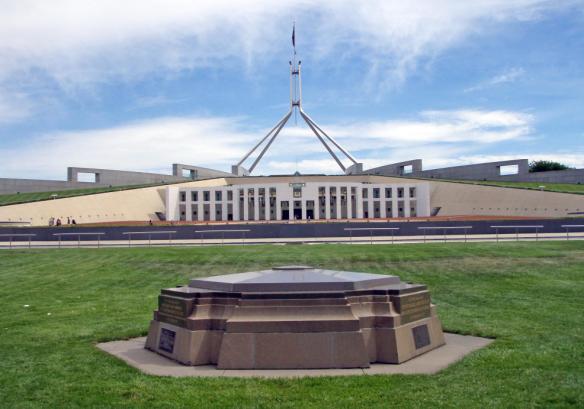
Installation of the Federation Rocks display was the first step towards establishing the National Rock Garden, which will celebrate Australia’s rich geological heritage with a permanent display of the rocks that have shaped our nation.
The Federation Rocks commemorate the Federation of Australia and form a centenary link to the six-sided Canberra Foundation Stone, laid in March 1913. The rocks are displayed from east to west in the order of the official establishment of the six British self-governing colonies that formed the Commonwealth of Australia in 1901. The Territories were added in 1911.
Each of the eight large rocks is significant to the State or Territory from which it comes and each has an interesting story to tell that is directly or indirectly related to nation building, whether it be mineral resources and economic wealth, or building and decorative stones or rocks that shaped our iconic landscapes. Each rock is also a part of the geological story of the establishment of Australia as a continent.
South Australia: Oorlano Metasomatite
1760 million years (deposition of sediment) to 1575 million years (alteration), Proterozoic



